I've just wrapped up a few big weddings I had the delight and opportunity of providing flowers and bouquet design for. I love the challenges and creativity that working with what's in season entails whether flowers or fruit. And so my sights naturally turn toward the ditches, right of ways and green spaces en route to the farm and I take mental note of butterfly weed, daisy fleabane, liatrus, solomon's seal, coneflowers and the occasional cardinal flower and Canada Milk Vetch coloring the roadsides and in my mind design how they might compliment the brilliance of the first gladioulus spike, or soften the demanding shine of sunflowers. I've often wondered why we congregate toward conformity – whether it's in the landscape, flower shop, or farmers market bouquet – the colors, shapes, and textures all bear a similarity, style. While I have fond memories and love of lilies and deep gratitude for bellflower, of the 200,000 plus flowering plants in the world, we seem as a culture to cultivate roughly 20 or so in the flower beds. Sigh.
I've arrived at the farm, shifting gaze from ditch to prairie to ravine to orchard to CSA gardens and flower beds where I stand writing this. Hovering over the zinnias, making notes with one hand, with the other, meticulously thinning the asters and wishing I had a third hand to simultaneously pull the weeds that have decided to creep in with the latest rounds of rain. It's more than I deserve, this wealth of blooms and weeds abuzz with the sounds and sighs of butterflies, hummingbirds, and bees. We have chickweed in surplus, lambsquarter vying for space alongside the purslane, while the nasturtium stands poised with bumblebee landing pad petals and the phlox a spur of sweetness for the hummingbirds, while swallowtails dabble in the purple of prairie clover. The flower beds are aflutter and awash in pollinators, due in part to the diversity of petals we integrate into the mix for bouquets and for the bees. [butterfly weed growing amidst the orchard guilds]
With my 5th year as an organic farmer in full swing, I am beginning to discover that my role as grower is really about creating the conditions for abundance and the as yet to be imagined, in both providing a diverse, nutritious array of fruits and vegetables to you as well supporting other workers on our farm. Call it exploitation of cheap labor, but much of my work is well, letting the pollinators do the work. Indeed any work we do on behalf of pollinators will support other beneficial insects and wildlife and in turn help the produce size up, the fruit trees come into fruition, and the flowers reach their peak evolutionary expression.
There are many simple things we do on our farm (and all things you can do in your own backyards – adjusting for scale and sight conditions) to encourage bees and native pollinators to co-habitate including: Housing –After a few early blunders with setting up our beehive, the Italians seem to be enjoying their home and taking to their semi-domesticated state – they are mellow, easy to work with and seem to know how to enjoy life (and how could you not when you are engulfed in an umbel of elderflower or tickled by the stamens of Scabiosa). They are also putting up honey and plenty of frames! So much so that the other day the hive split and swarmed in the seaberry (quite an amazing undertaking to try and lure them back into a super, we got it on video and will share in a few). Pollinators also support food production - fortunately only pollen and nectar is required, yet in the process of moving pollen from one flower to another and thus pollinating our crops, we can in turn provide food for you! Honeybee housing aside, we also offer ample space for native pollinators to roam providing cavities, ground nests, and woody debris for our 'worker bees and birds' alongside the ridges and ravines of the land itself. Our prairies, hedgerows and field borders offer nesting havens, even a small space in the garden for the weeds to root and the lettuce to bolt (despite our best efforts) can offer important resources for native bees and other pollinators. Minimizing tillage helps in creating habitat as well. Above all, we don't spray pesticides and herbicides - which are detrimental to the bees. By employing us as your farmers, you also employ and engage a vast array of animals (seen and unseen) in the co-creation of an abundant ecological agriculture system.
Despite the merits of a human-scaled model of appropriate farm technologies, with the sense of absolute order included, we cannot escape the chaos, colors, and caterpillars that excite, confound, and confuse us in our attempts to demystify the fruits of the pollinators' labor. All we can do is sit back, make space, and enjoy the bouquet.

